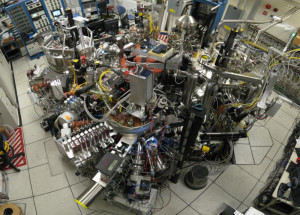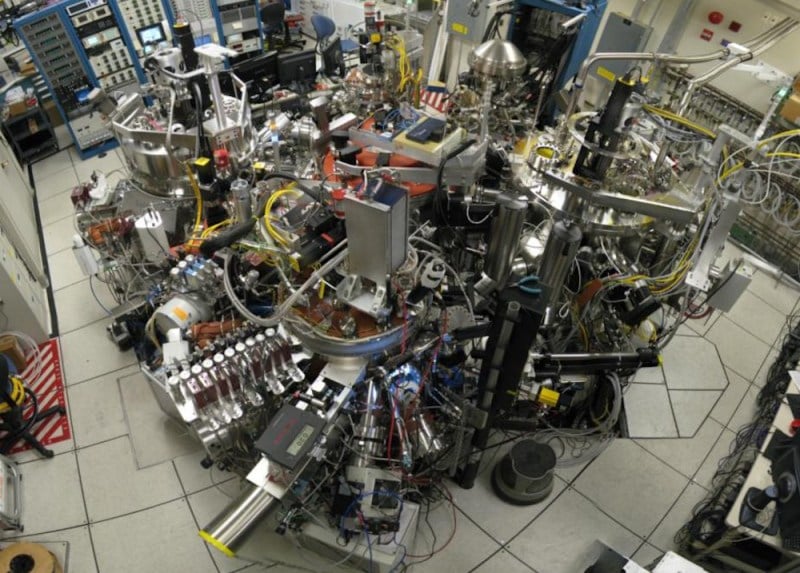
Researchers from the SLAC National Accelerator Laboratory and IBM published groundbreaking research on electronic material that has the potential to revolutionize modern technology.
Lead researcher Stuart Parkin – an IBM fellow and a Stanford consulting professor – and lead author, Nagaphani Aetukuri M.S.’08 Ph.D. ’13 – whose work on the project was advised by Electrical Engineering Professor James Harris’ 64 M.S.’65 Ph.D’69 – worked with scientists to study the behavior of vanadium oxide, an electronic material uniquely useful for research since it is a member of a certain class of strongly correlated electron systems.
These materials are able to transition from being conductors to insulators at certain temperatures. Research focused on understanding why the transition occurs, how to control the temperature at which the transition happens and how to apply the research to new technology in devices.
Through experimental observations, the IBM/SLAC team first proposed a theory as to why vanadium oxide transitioned into an insulating material. They determined that the transition was occurring due to a change in the subatomic structure of the compound.
“In the vanadium oxide we are differentiating the electron orbitals,” Aetukuri said. “There were two orbitals we could differentiate in our experiment. Usually the electrons occupy one set of orbitals. And when electrons occupy another set of orbitals they take on an insulating state.”
“So we can deterministically control the state of the material by putting the electrons in specific orbitals and that is something we inferred in our experiment,” he added.
Once the research team had a fundamental understanding of the material’s strong electronic properties, they were able to control and manipulate it.
Most of the paper the team published in “Nature Physics” centered on changing and engineering the conditions at which the material undergoes its transition.
To do this, the scientists grew thin films of vanadium dioxide, one subatomic level at a time, and changed the strain imposed on the material. This procedure allowed them to influence the material’s electronic properties and control its temperature to better understand how to take the insulating material and change it into metallic material almost instantly.
The team’s research has many impactful applications, notably the development of ultra-fast and more energy-efficient switches that can quickly turn on and off electronic devices. It would also be helpful in building devices with higher-level cognitive capabilities.
Though the computing power of supercomputers has increased over time, these computers are still nowhere as powerful as a human brain. The controlled use of the vanadium oxide material could be used in engineering three-dimensional supercomputers that are able to rewire their configurations as they are utilized in order to perform computations more efficiently.
The IBM/SLAC team will now move on to analyzing why the material switches so quickly, using SLAC’s Linac Coherent Light Source.
“I think this research is extremely fundamental,” Parkin said. “We’re going where no one’s been before, therefore there are no limitations.”
“It’s exploratory, so we have a direction we want to focus on and a question we want to answer, but it’s not limited at all,” he added. “However, the fundamental goal is basically the same: to build more efficient computing devices that can actually think, thinking systems.”
Contact Elizabeth Davis at elizabethdavis ‘at’ stanford.edu.
